RTDs
Embedded Stator RTD
Embedded temperature monitoring of motors and generators is a long-time industry-accepted practice, allowing for continuous assessment of equipment conditions. The embedded method of monitoring utilizes specially designed Resistance Temperature Detectors (RTDs) and Thermocouples (T/Cs) placed outside the major insulation as specified in ANSI C50-10-1990, The sensing element of RTDs are placed in the stator winding slots. The longer length of the RTD sensors element designs allows for averaging the measurement process over a greater portion of the slot length. This eliminates the problems related to tip-sensitive sensors that can be misleading when “hot spots” are present. Since stator RTD sensors sometimes exceed 20 inches in body length, this is a useful characteristic the RTD brings to monitoring the health of your generator.
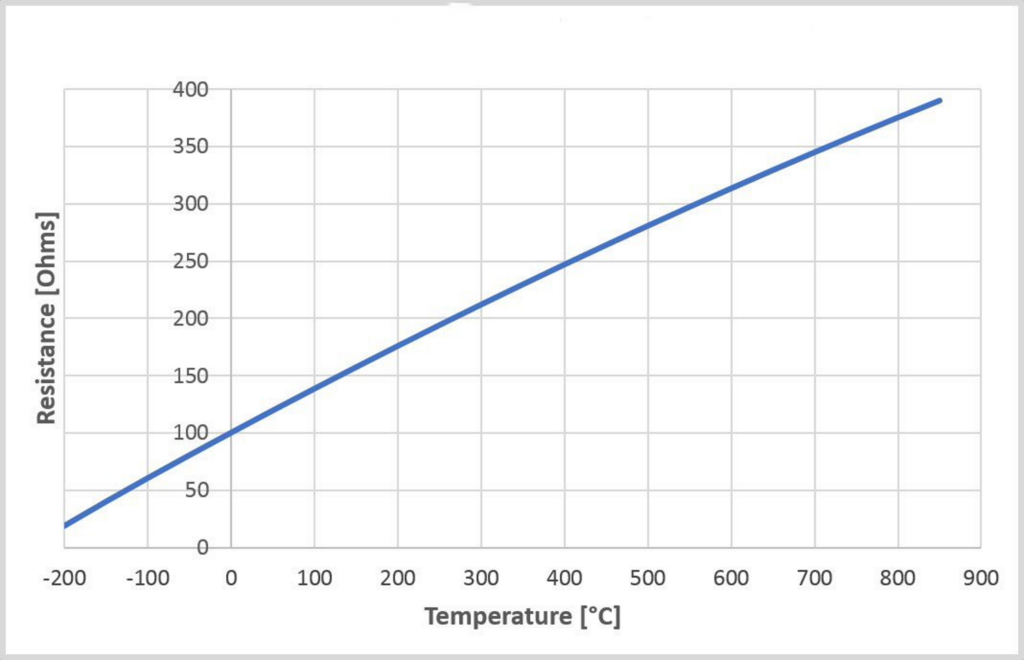
RTD Benefits
- The accuracy of temperature measurement across a greater area of the stator.
- Extremely responsive to temperature change.
- RTD lengths eliminate problems with “tip sensors.”
- It can be made to various lengths to meet the customer’s needs.
- Robust to be directly installed between windings
RTD Testing
RTDs can be tested upon request up to 3000 VRMS @60Hz for 1 minute between lead wire and enclosure body.
RTD Embedding Materials
The RTD can be embedded in either NEMA G-11 or The Gund Company’s Semi-Conductive materials up to 109 inches for installation into the stator of your application. NEMA G-11 provides mechanical protection for the RTD during the installation phase and protects the RTD throughout its life span. The Semi-Conductive material provides the same mechanical protection with the added benefit of corona dissipation.
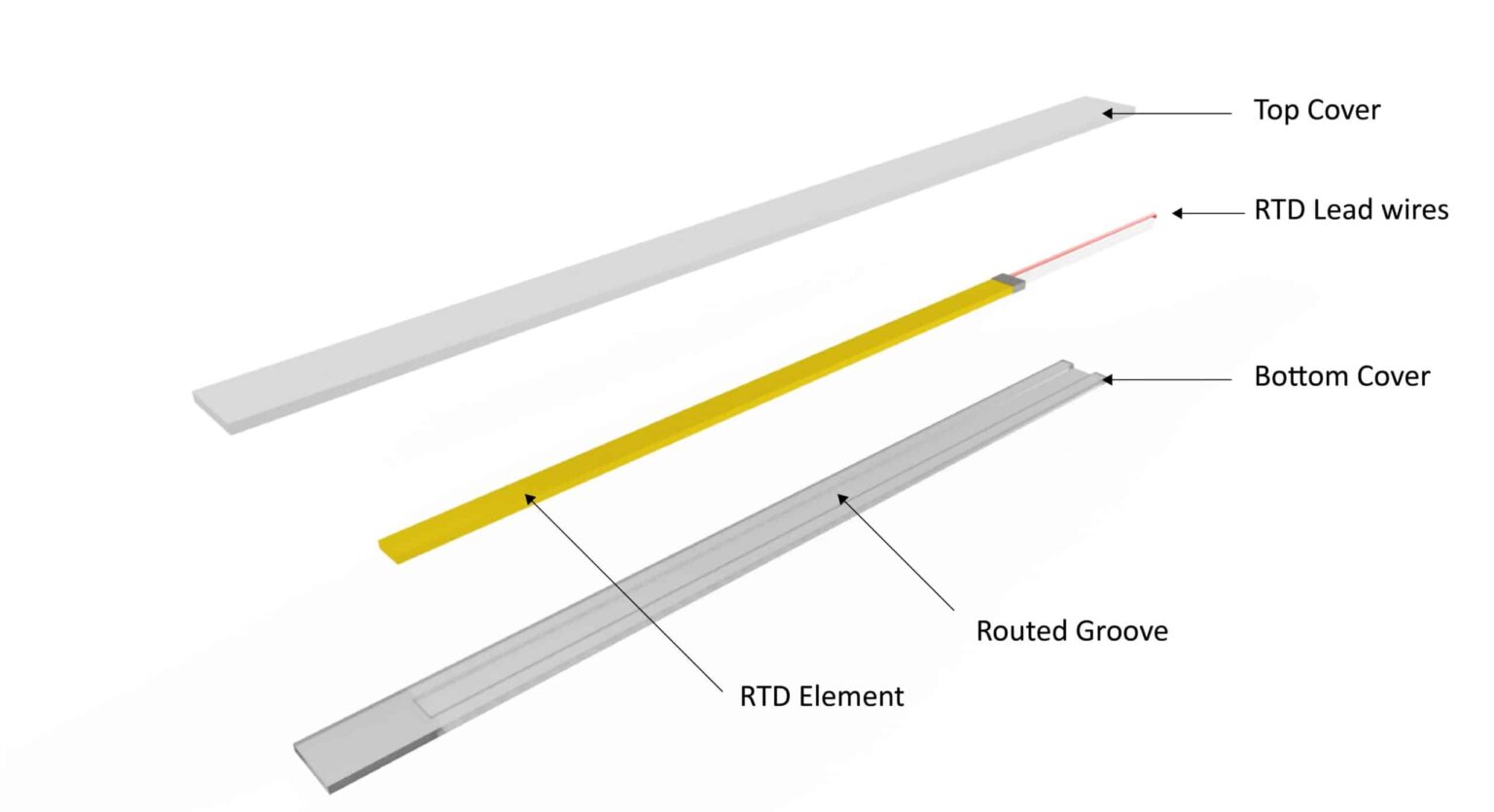
RTD Literature
Stator RTD

Embedded Stator (RTDs)
Enclosure types include G-11 and Semi-Conductive rigid enclosure of the elements. 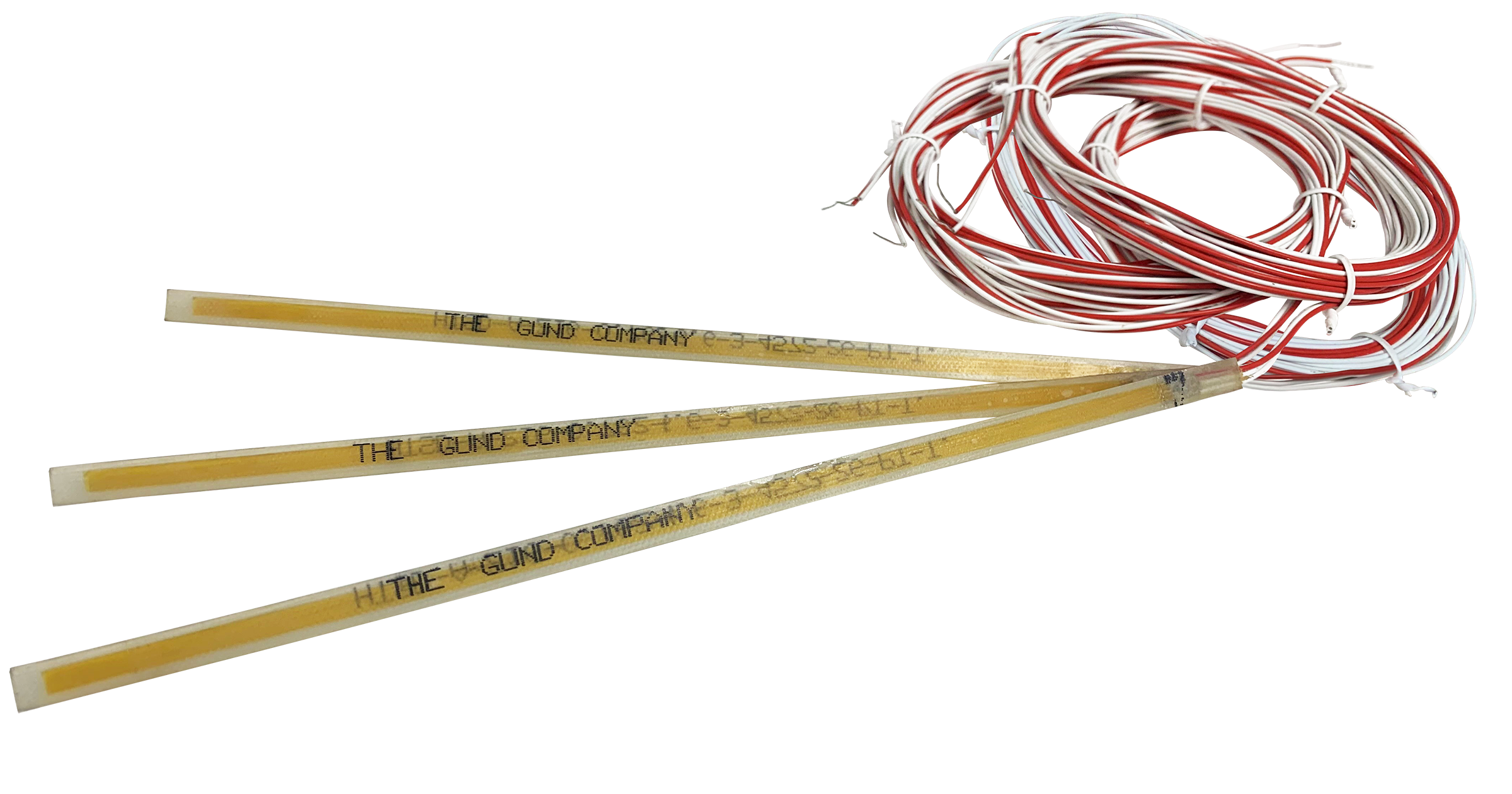
GTH RTD – Designed Specifically for use in Turbo Generators and Hydro Generators
GTH Stator RTDs are “custom” embedded RTDs designed for the Turbo Generator and Hydro Generator marketplace. This standard product is a dual-element platinum RTD with a 40-foot shielded cable. These parts are available for sale individually or can be embedded in G-11 or Semi-Conductive composite materials.



Flexible RTDs
Utilizing the similar technology for the stator RTDs, The Gund Company now offers surface mount silicone resistance temperature detectors for direct mounting to flat or curved surfaces. These flexible RTD temperature sensor design can be custom manufactured in various thicknesses and supplied with an adhesive backing for quick application. Additionally, other “carries” can be supplied such as a Polyimide carrier in the same configuration as the current silicone RTD.




Embeddable Bearing RTDs and Thermocouples
Designed for environments where size and space are restricted, Embeddable Bearing Sensors can be installed in tight areas within the bearing housing. These sensors provide a direct measurement of the bearing’s temperature, allowing for early detection of potential issues such as overheating, which can lead to bearing failure. By identifying potential failures early, timely maintenance can be performed, helping to prevent costly downtime.
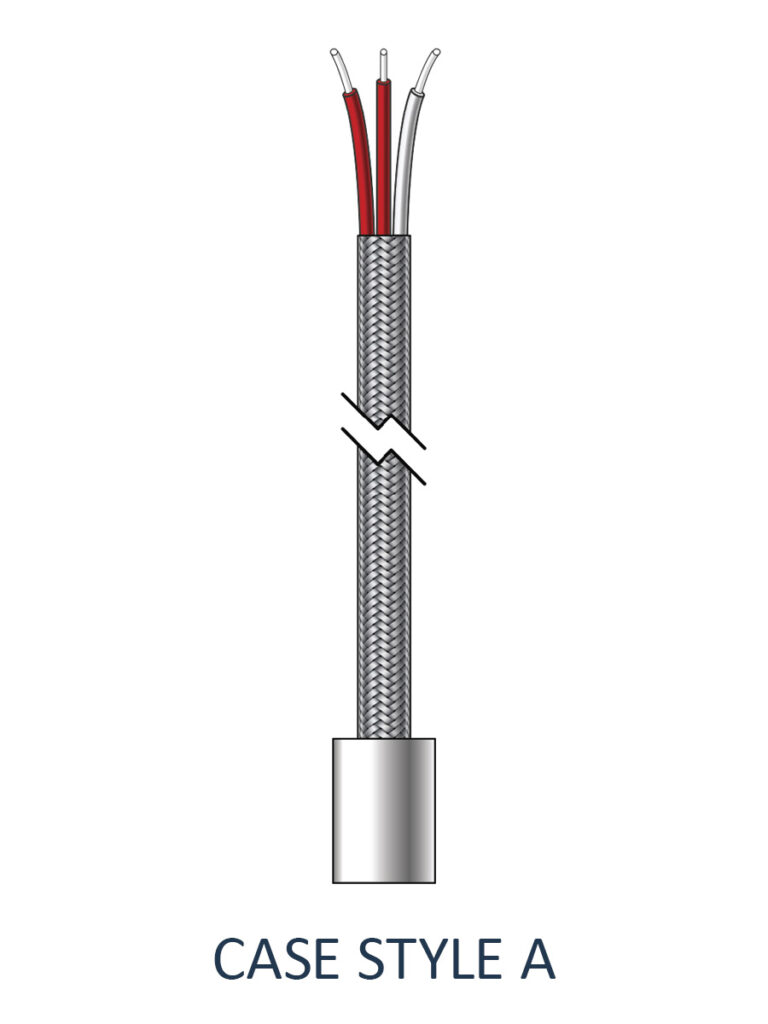
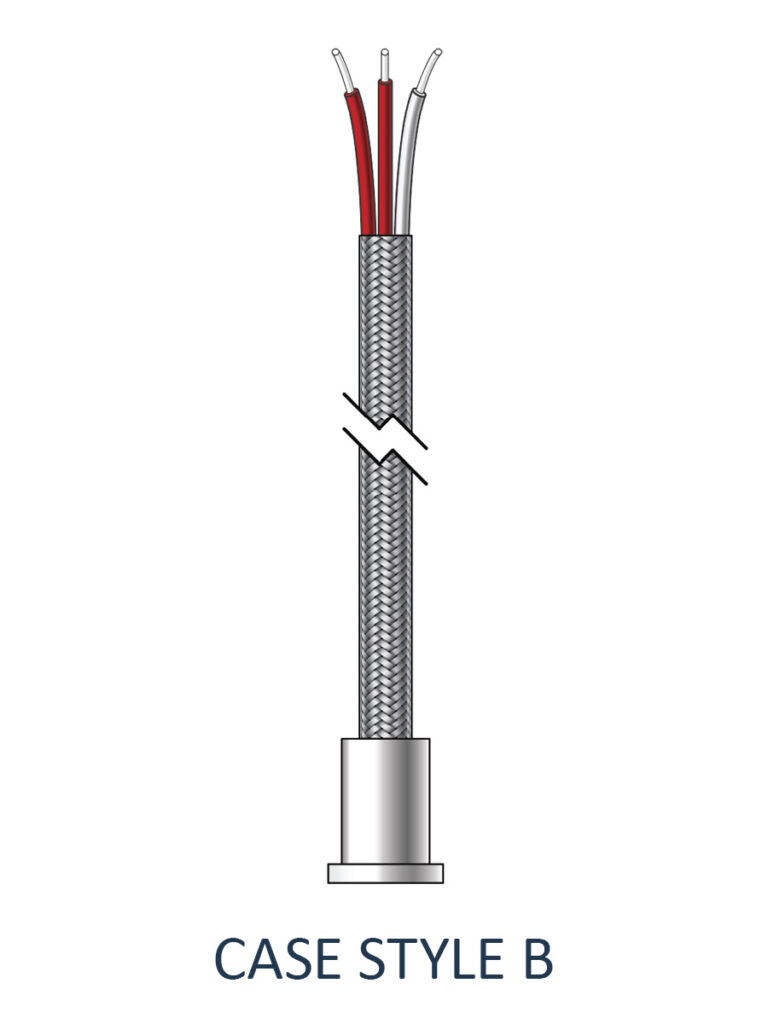
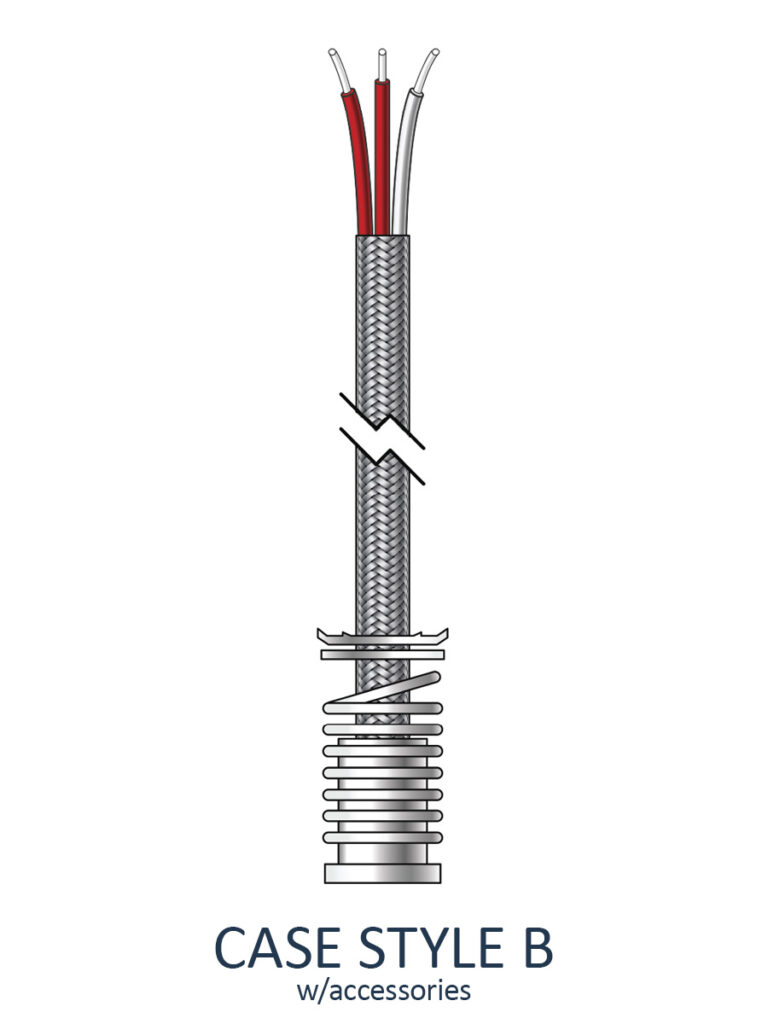
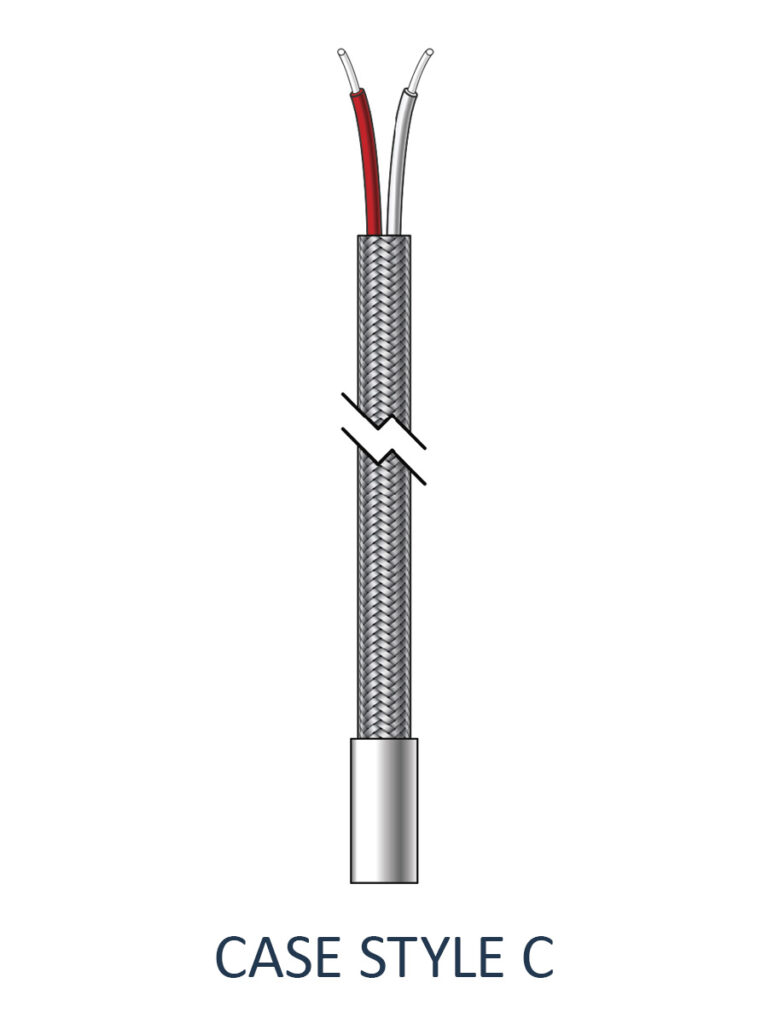
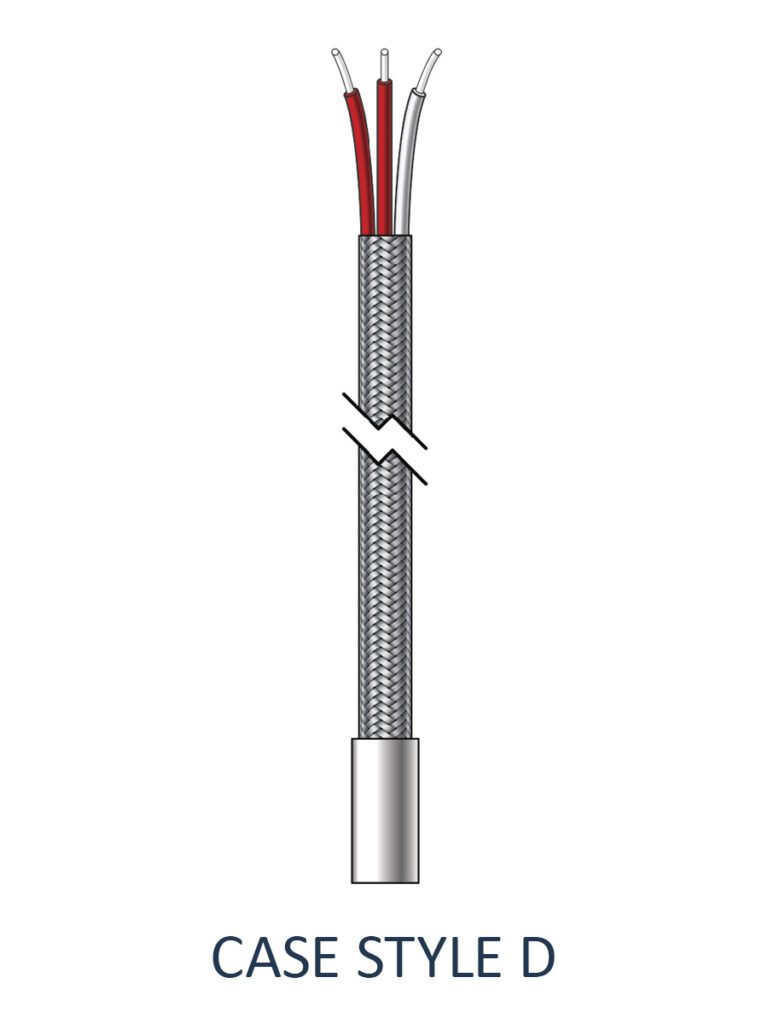
Bearing RTDs
Bearing RTDs are used in the monitoring of the temperature of shaft bearing and their oil lubricants. Bearings are used in rotational equipment from motors, blowers, fans and generators. Critical monitoring of the bearing temperature can give indication of excessive wear or friction which can lead to increased temperature and premature or even catastrophic failure of the equipment.
Bearing RTD consist of a probe or sensor that is attached either directly or through a probe holder and a probe head that is allows for the connection of the RTD to the equipment’s monitoring system.
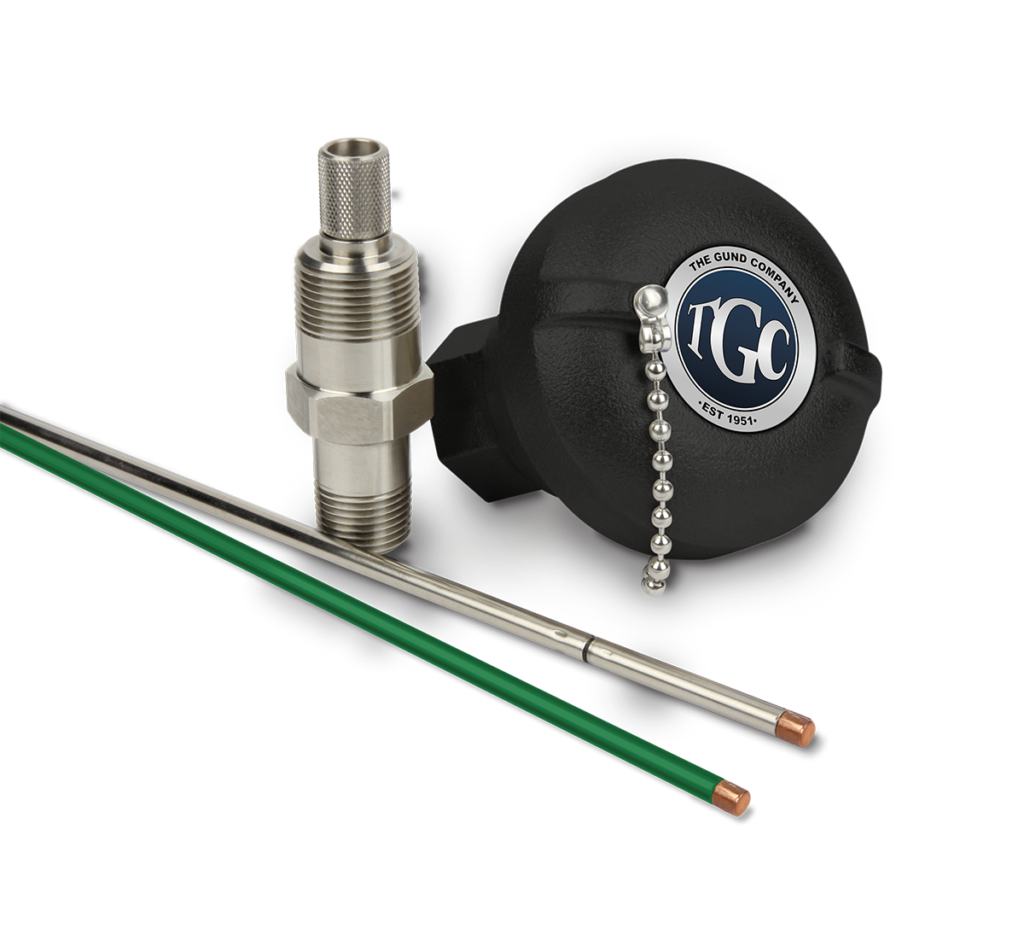
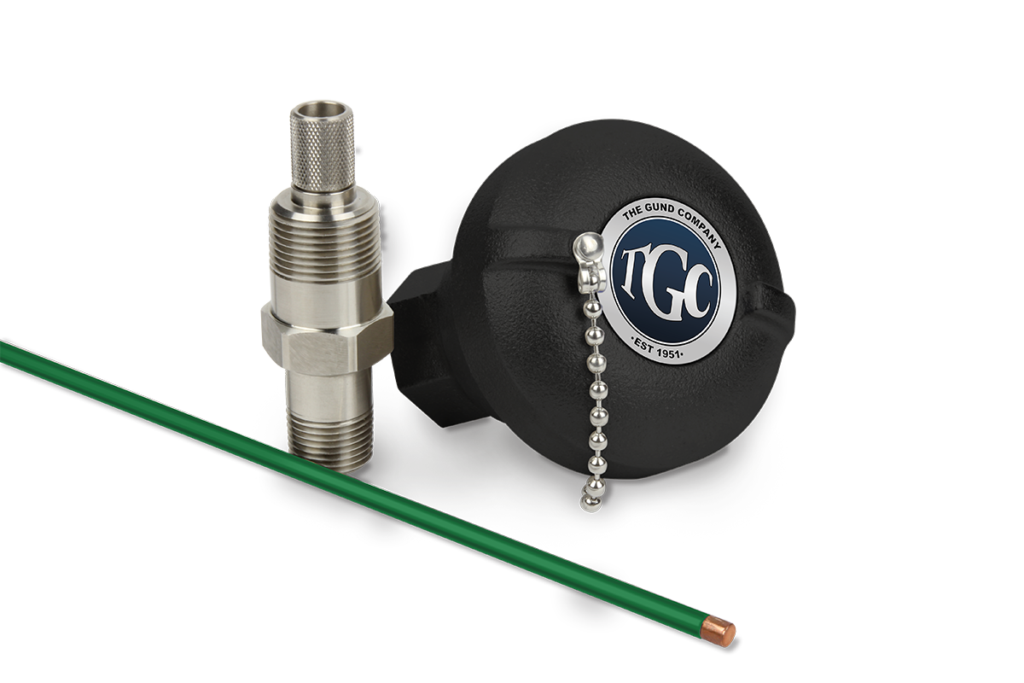
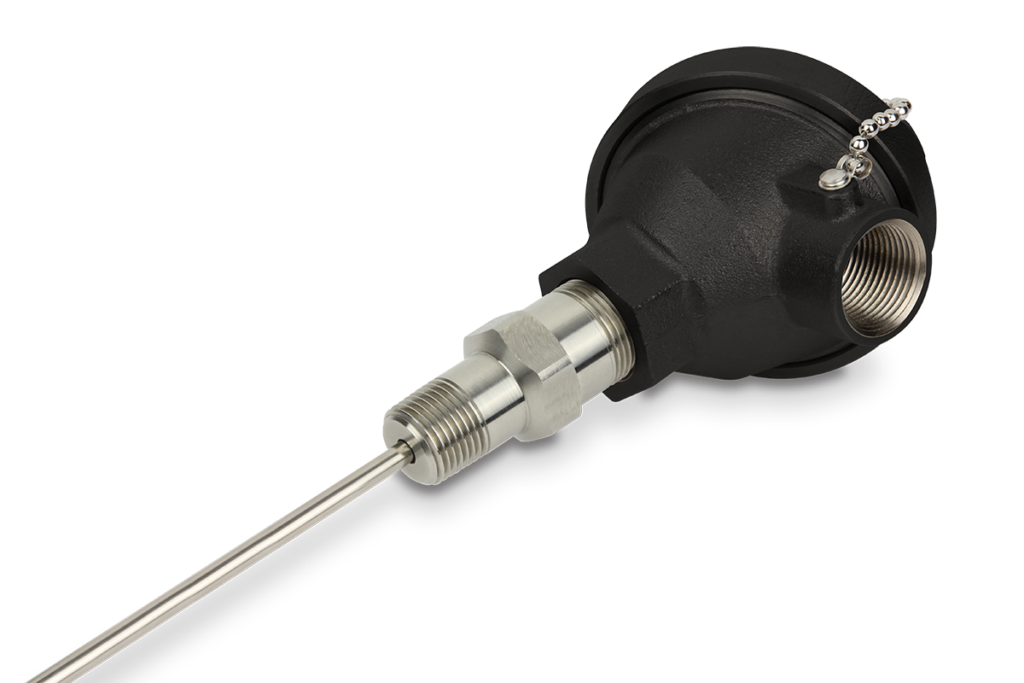
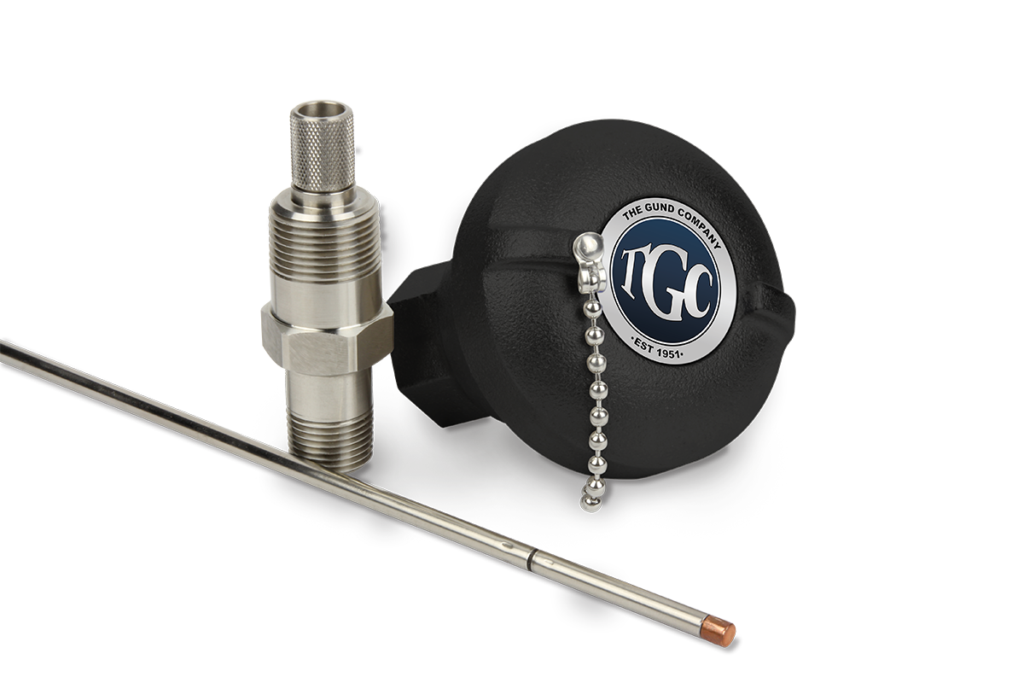


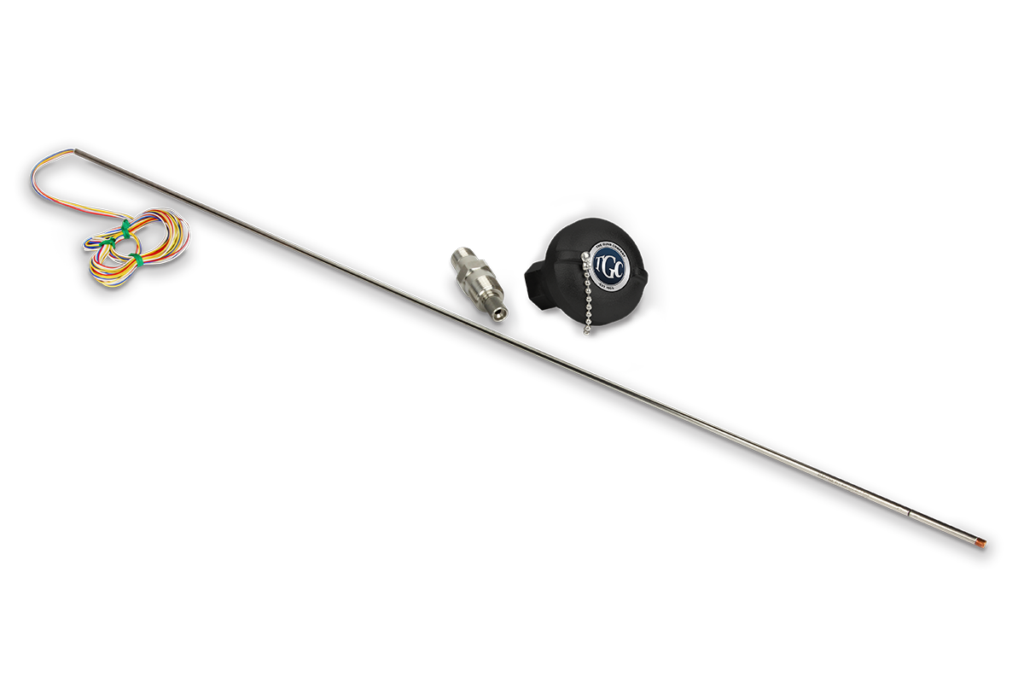

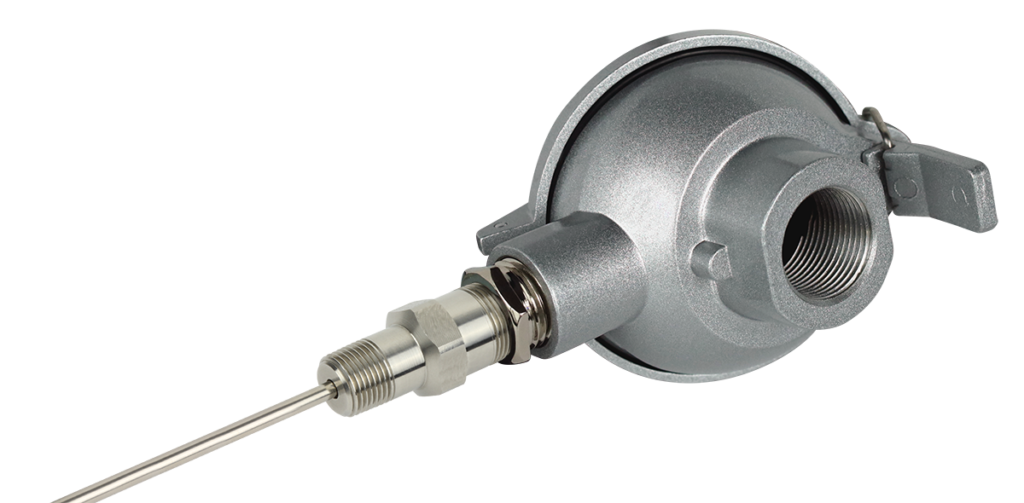
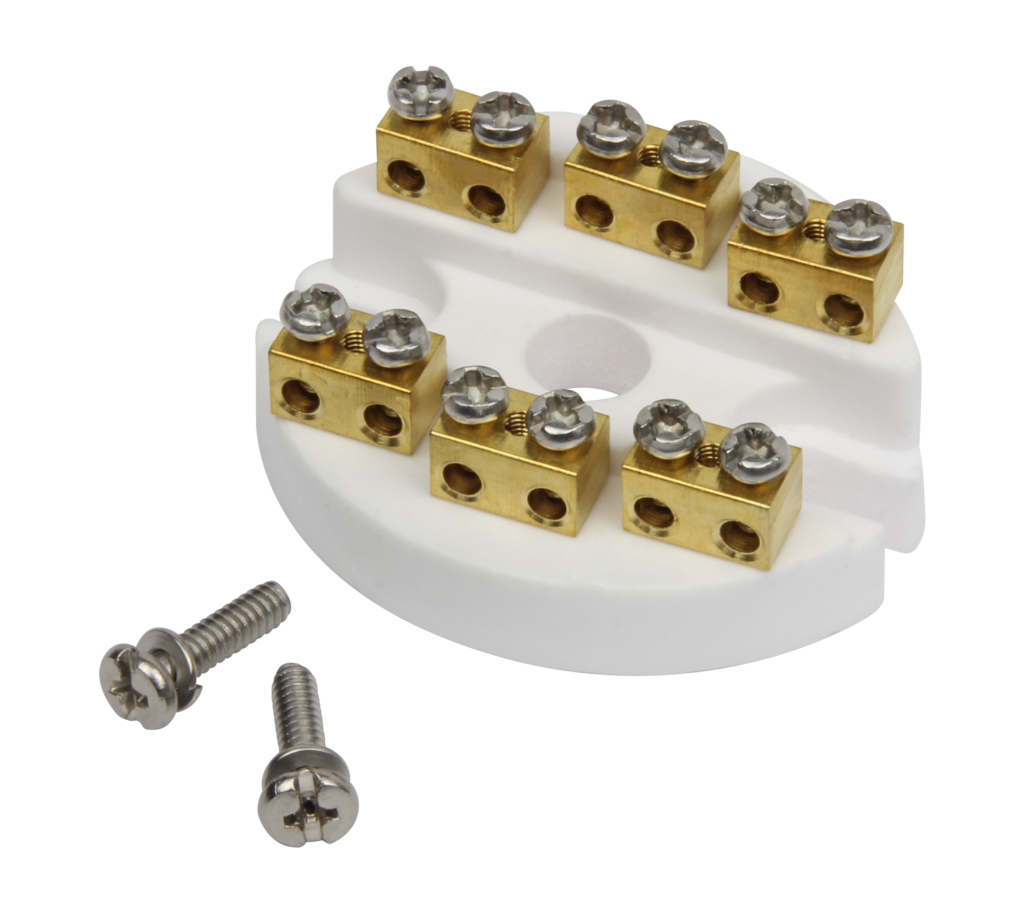
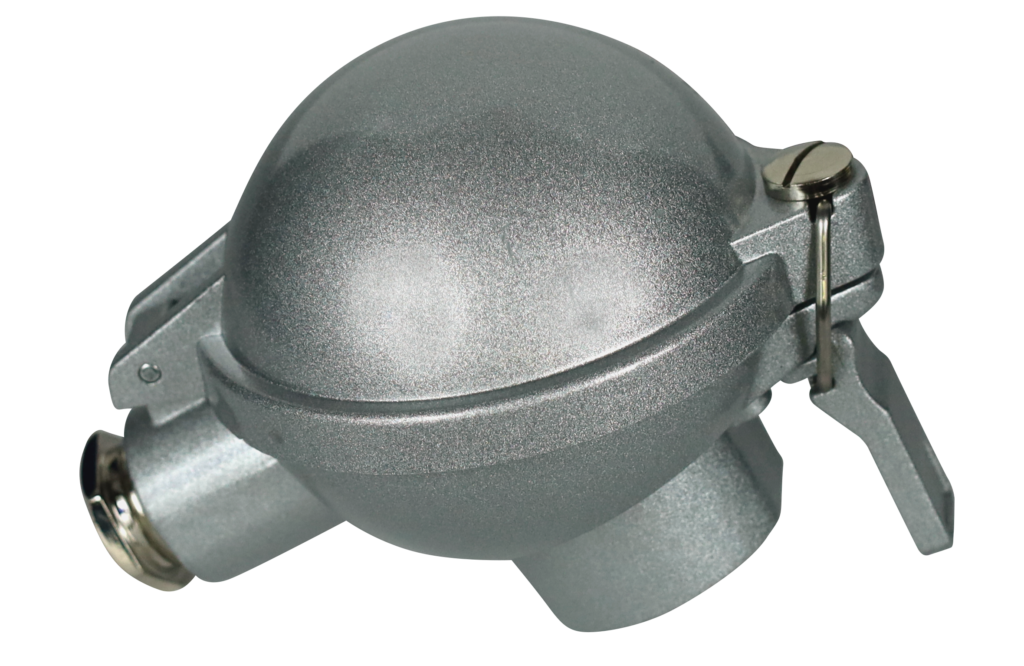
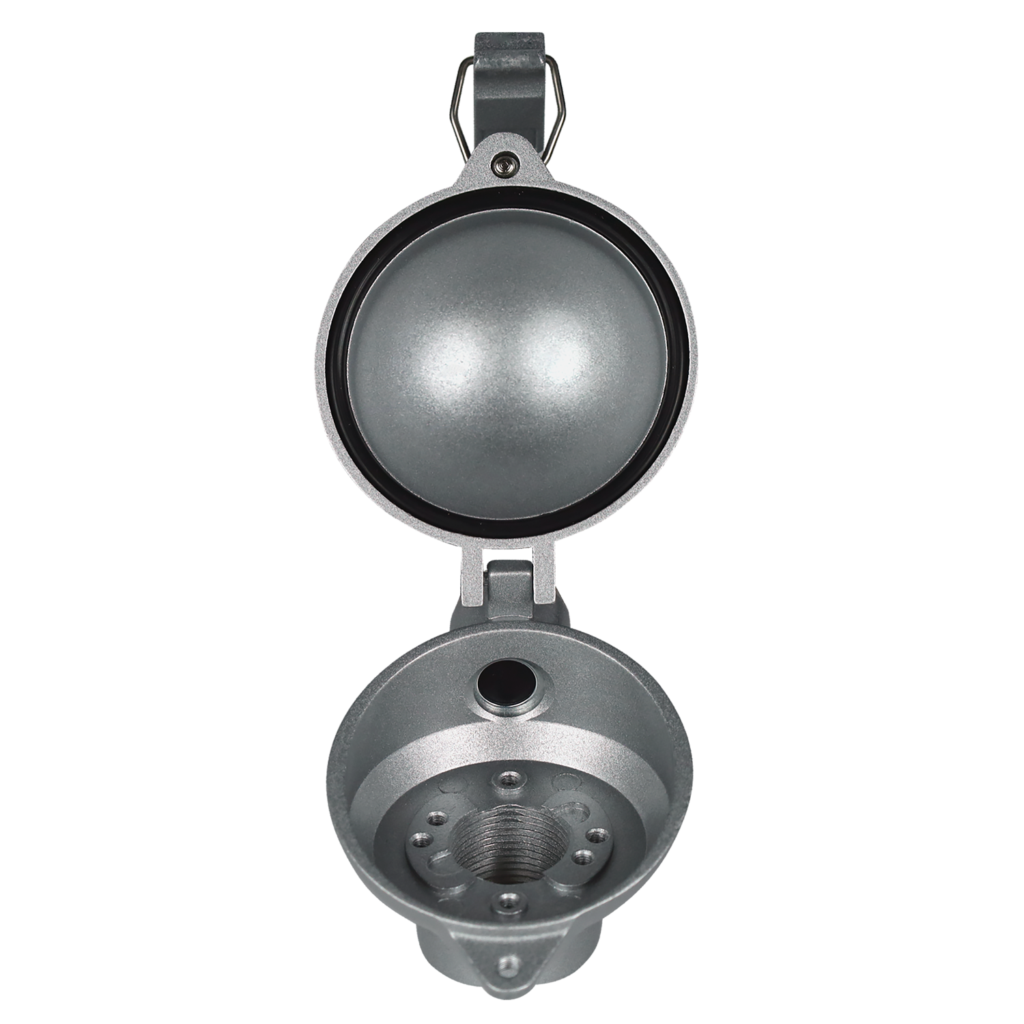

Wire RTDs
RTD wires use standard AWG wires to create the custom specified color codes, coatings and shielding you the customer require. All Stocked RTDs will have available spools of matching cables for when you need to splice for longer distances. Also, we manufacture these wires and cables. This allows TGC to service our customers even if they need wires made to match another manufacturers RTD cable.











